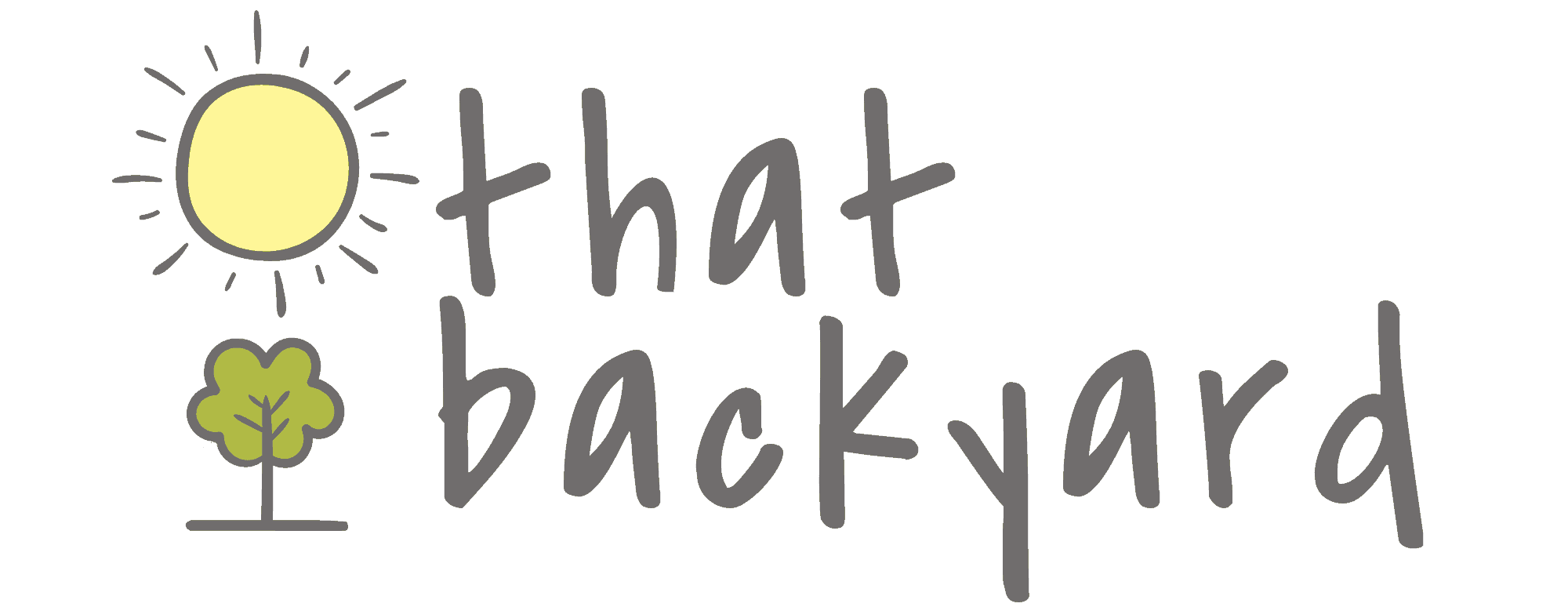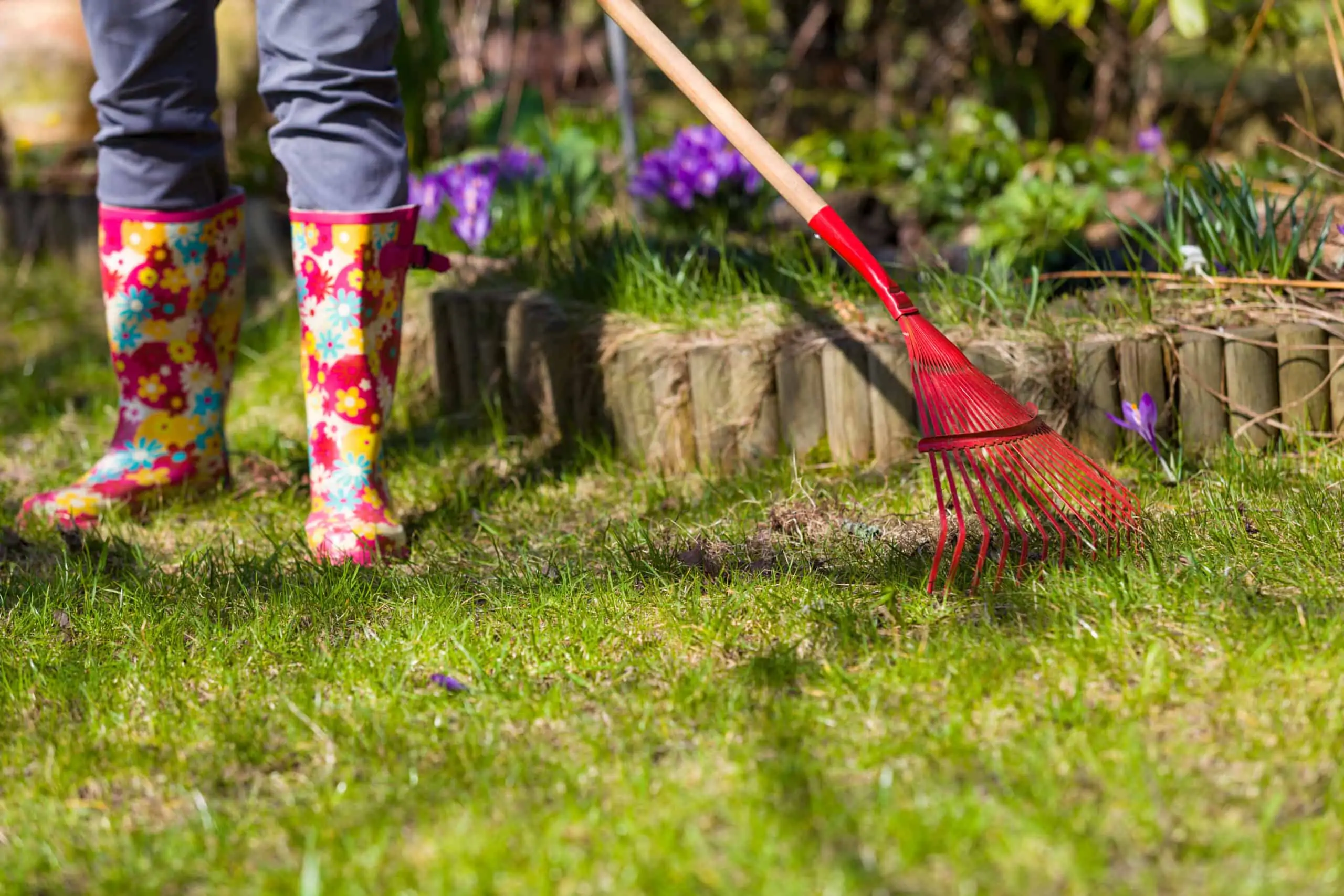As an Amazon Associate I earn from qualifying purchases.
Nourishing your lawn is an essential step to having a healthy and good-looking lawn. Not only does it make it look good, but it makes it resistant to afternoon football games, barbecues, and other environmental stresses.
Unfortunately, most people don’t have any idea about natural alternatives to the chemical fertilizers often used to nourish lawns. Thankfully the answer is easy, and you can probably guess it. Compost!
Compost not only nourishes your lawn, but it keeps it healthy and resistant to all sorts of environmental pressures. Meanwhile, synthetic fertilizers not only damage your soil health but also contribute to water pollution and other forms of environmental degradation.
Thankfully, nourishing your lawn naturally is easier than you may think and all you need is compost!
Benefits of Top Dressing Your Lawn with Compost
If you haven’t already decided that top dressing your lawn with compost is a great idea, check out a few of the awesome benefits it can offer:
- Compost provides an environmentally healthy source of nutrition for your lawn and the microorganisms that live in your soil.
- Adding compost can help loosen up hard soil, reducing standing water.
- Compost can provide excellent nutrition that can make overseeding quicker and more productive
- Adding compost can result in thicker lawn growth, crowding out weeds
It those benefits aren’t appealing enough for you to learn how to topdress your lawn with compost I’m willing to be you either don’t have a lawn or don’t know how to compost.
Topdressing Your Lawn with Compost
Topdressing is a term that is used in the gardening world that simply means to apply an amendment above the soil surface. It’s something that can be done in garden beds, containers, or in this case your lawn. It allows you to amend your soil without having to disturb it or physically mix in the amendment. Through top dressing, the nutrients of compost will slowly make their way into the soil through the movement of water, organisms, and natural diffusion.
Why Should We Avoid Synthetic Fertilizers?
For most homeowners applying fertilizer with irrigation or in pellets seems like the easiest and best way to keep their lawn healthy. Unfortunately, there are many consequences to the widespread use of these chemical fertilizers.
- Contribute to water pollution
- Destroy the health of the soil
- Potentially damage your lawn with excessive fertilizers
- Harm insects and wildlife that use your lawn
- Promote the growth of weeds and less favorable species in your lawn
- Potential health risks to children and individuals in close contact with lawns
5 Steps to Top Dressing Your Lawn With Compost
- Make sure you have high-quality and finely decomposed compost. If you have large chunks of undecomposed organic matter it is best to process your compost through a screen or sieve to separate the large pieces. These larger pieces can be set aside or mixed into an active pile.
- Now that you have a fine and largely homogenous compost you can apply it to your lawn. Apply about 1/4″ to 1/2″ of compost to your entire lawn. Anywhere with slower-growing or discolored grass can receive a bit extra.
- Take a plastic rake and rake it into the soil. This isn’t absolutely necessary but it will help it absorb into the soil quicker.
- Water your lawn deeply with either a sprinkler, hose, or rain if possible.
- Repeat this process every 3-4 months or whenever you notice growth has slowed or see discoloration.
Adding Compost Tea to Your Lawn
If you’ve been applying synthetic fertilizers to your lawn for long periods of time consider applying a compost tea directly to your lawn. This will help revitalize the soil that has been damaged by the use of conventional fertilizers.
Grass Clippings Are A Treasured Resource
Unfortunately, many people don’t understand the value of grass clippings. They are a great source of nitrogen that can be mixed into compost or composted on their own. They may contain the seeds of weeds so if this is the case make sure to make a hot compost.
If you are sure there are no weed seeds in your grass clippings they can also be used as a good mulch material. Lastly, grass clippings can be left directly on your lawn! This is the best way to ensure your lawn will stay healthy and not become malnourished.
Other Tips for Healthy Lawns
Don’t Scalp Your Lawn – Cutting your grass too short can cause many issues to your lawn. It can promote the growth of weeds, create disease, and lead to undeveloped root systems. Adjust the height of your mower to a higher setting if you think you may be cutting too short.
Sharpen Your Mower Blade – Dull blades tear or rip grass instead of cutting, this can lead to disease and uneven cuts. Sharpen 3-4 times during the mowing season and avoid mowing sticks and stones to keep the blade sharp.
Mow when Grass is Dry – Mowing wet grass is more difficult and can lead to uneven cuts. Not only this but it could damage your mower.
Mow in the Mornings or Evenings – Just like pruning or transplanting, midday sun can overstress an already stressed plant. Lawns are no different. Avoid mowing in the mid-day sun!
Change Your Mow Pattern – Alternating your mow pattern can lead to more homogenous growth and a better-looking lawn. An example of this is mowing perpendicular to the direction your previously mowed.
At the end of the day, keeping your lawn green throughout the summer is a ton of work. Top dressing your lawn with compost is a great way to make things easier. In my personal yard, it hard resulted in greener, thicker, and healthier grass that requires less watering!
If that sounds like something your lawn needs, give it a try!

